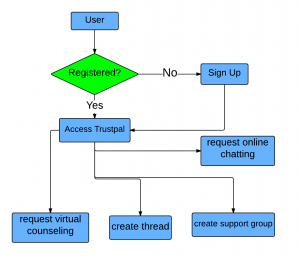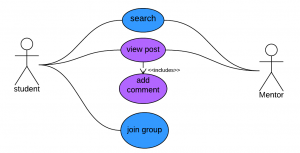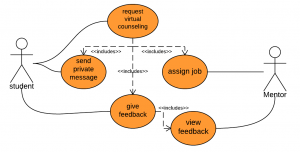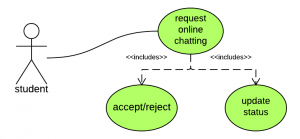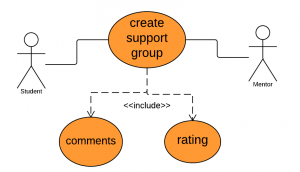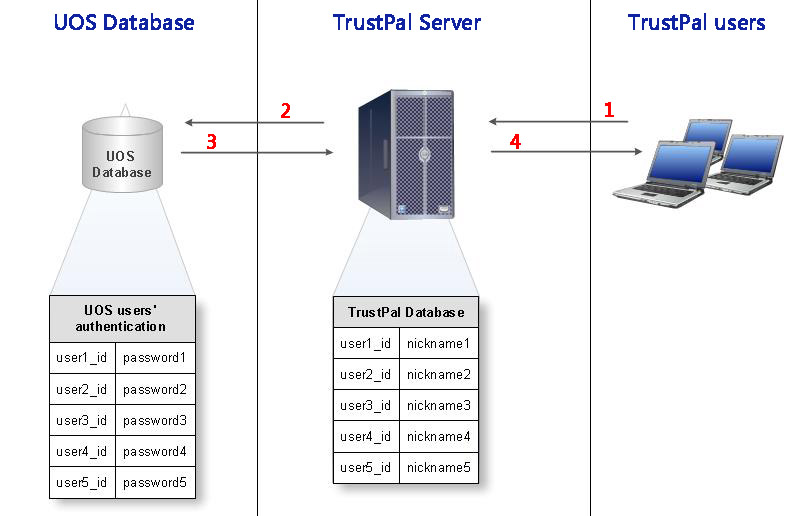Generally, there are a few characteristics of social media that are been identified:
- User Based
- Interactive
- Community Driven
- Relationships
- Emotions Over Contents
- Create Pages
Application to TrustPal
All of the characteristics mentioned above apply directly with TrustPal.
- User Based – The contents of TrustPal will be determined by the user. TrustPal can’t achieve its objectives without user involvement. Users populate the TrustPal with conversations, posts, and content. (Within Group Support) This make TrustPal as dynamic as any other well-known social network.
- Interactive – TrustPal is very interactive because other than user involvement, there are several features that make it become more than a private-chat application, such as the user can rate support group threads.
- Community Driven – TrustPal is built from community concepts. The idea of this project is generated from our concern about the problem faced by students at the University of Southampton. Other than that, the user can create the community in this TrustPal by creating the support groups & expanding upon current ones. Support groups can be created based on their same experience or problem.
- Relationships – TrustPal thrives on relationships. By creating a relationship between mentor and student, we believe it will help motivate or support the user.
- Emotion over content – User will finding that the TrustPal provides a great support, no matter what crisis they are faced with.
- Create pages – By allowing the user to create support group in TrustPal.
Resources:
Dube, R.(n.d). Characteristics of Social Network. Retrieved from http://socialnetworking.lovetoknow.com/Characteristics_of_Social_Networks.
Saxena, S. (2013). 8 Key Characteristics Social Networking Sites. Retrieved from http://www.easymedia.in/8-key-characteristics-social-networking-sites/

